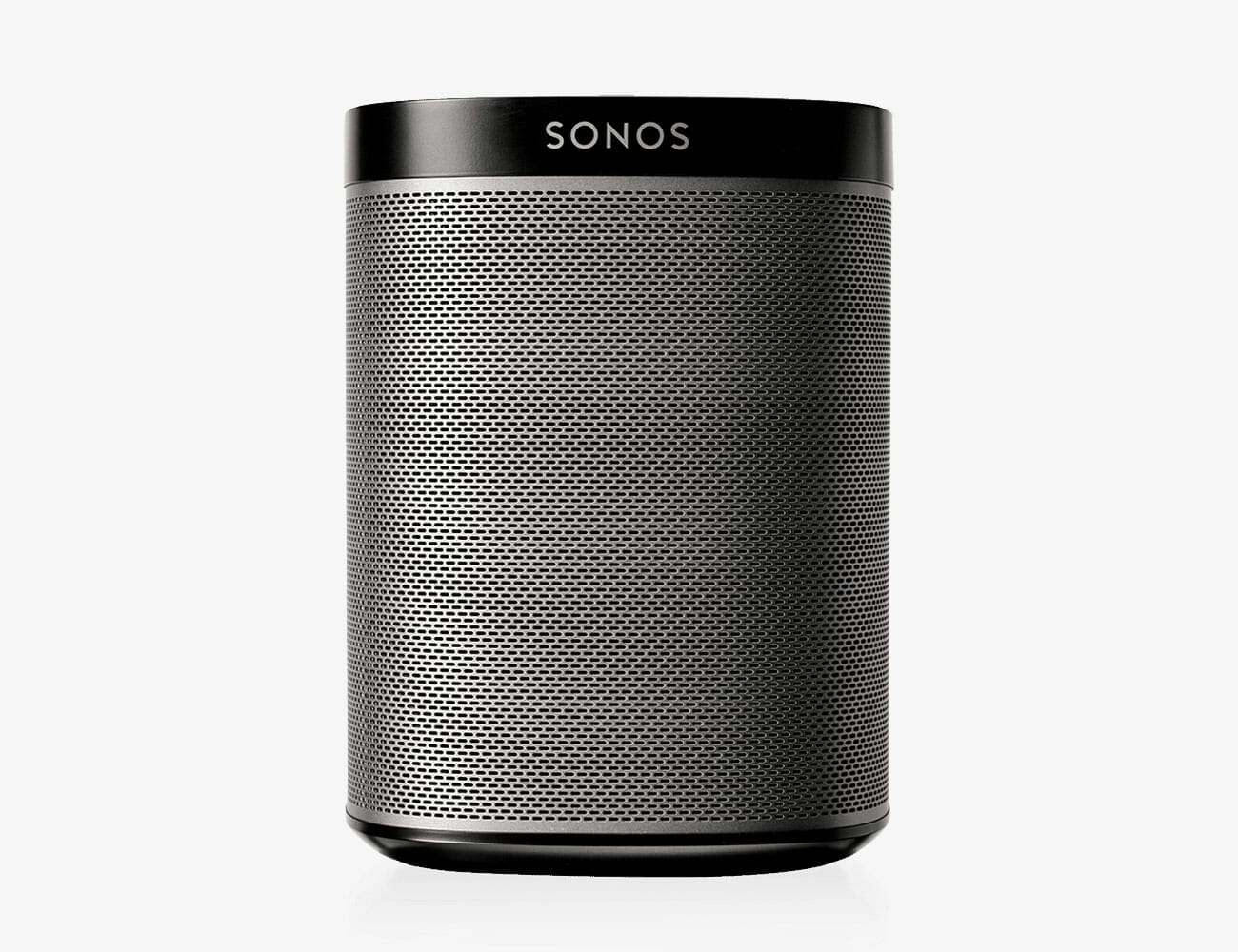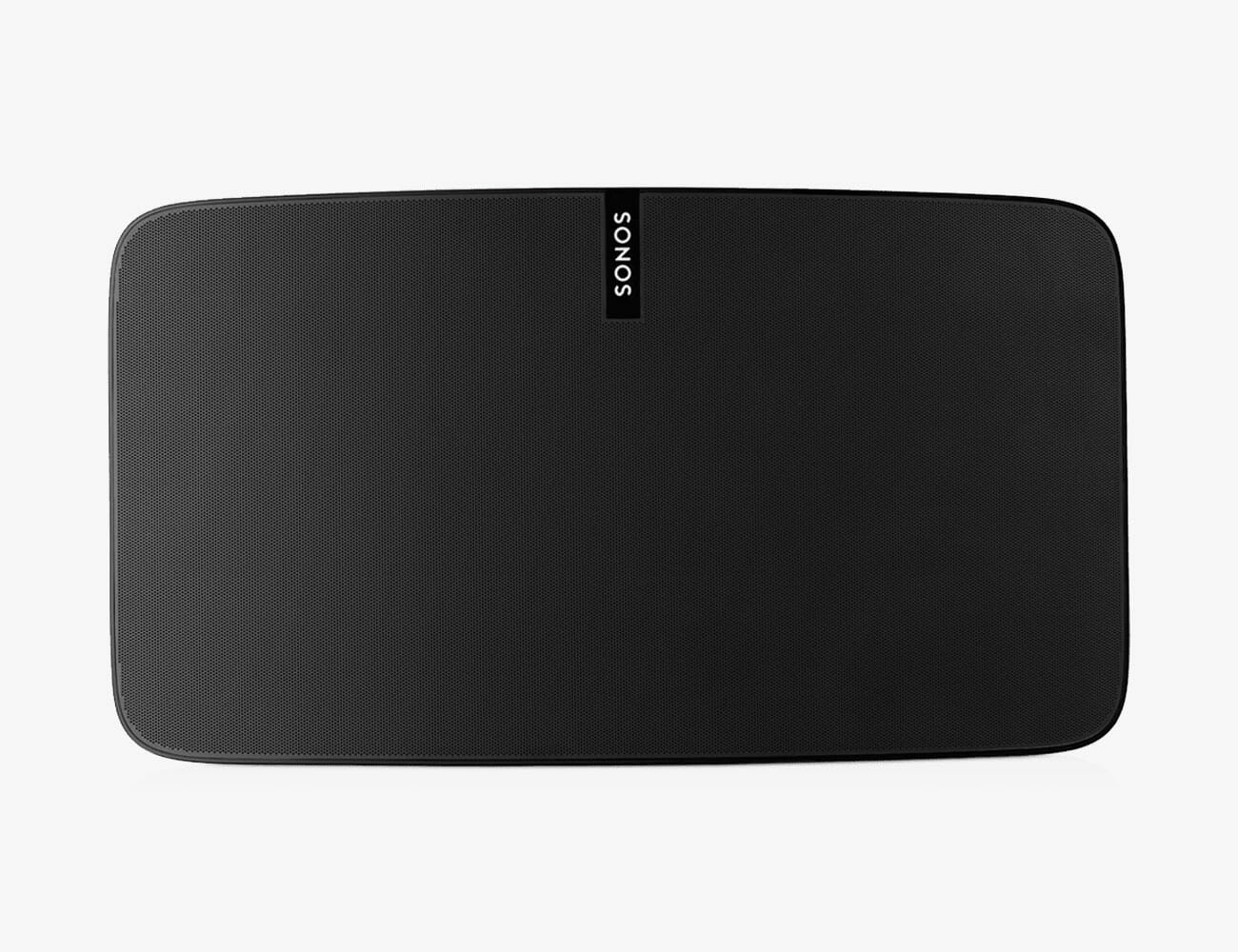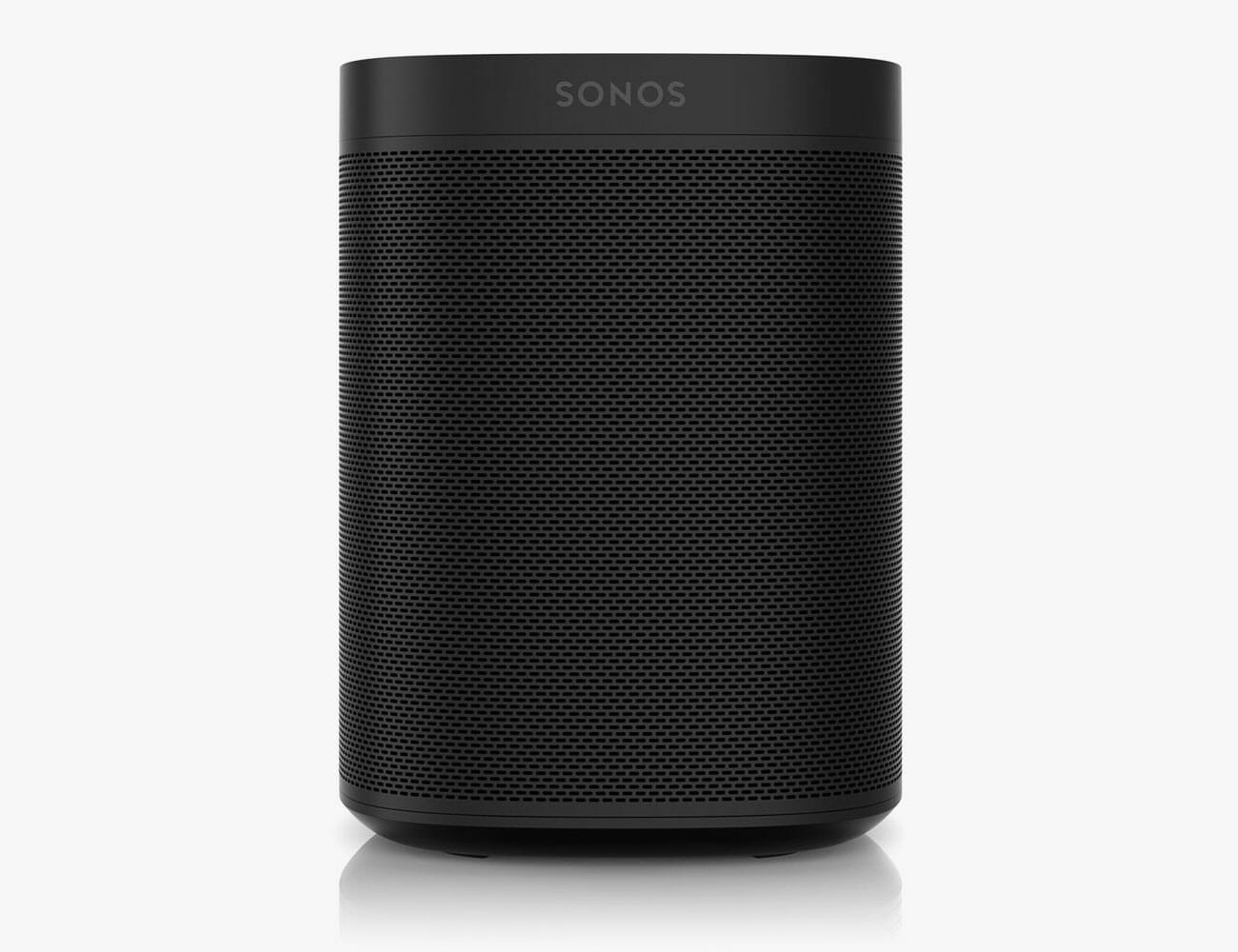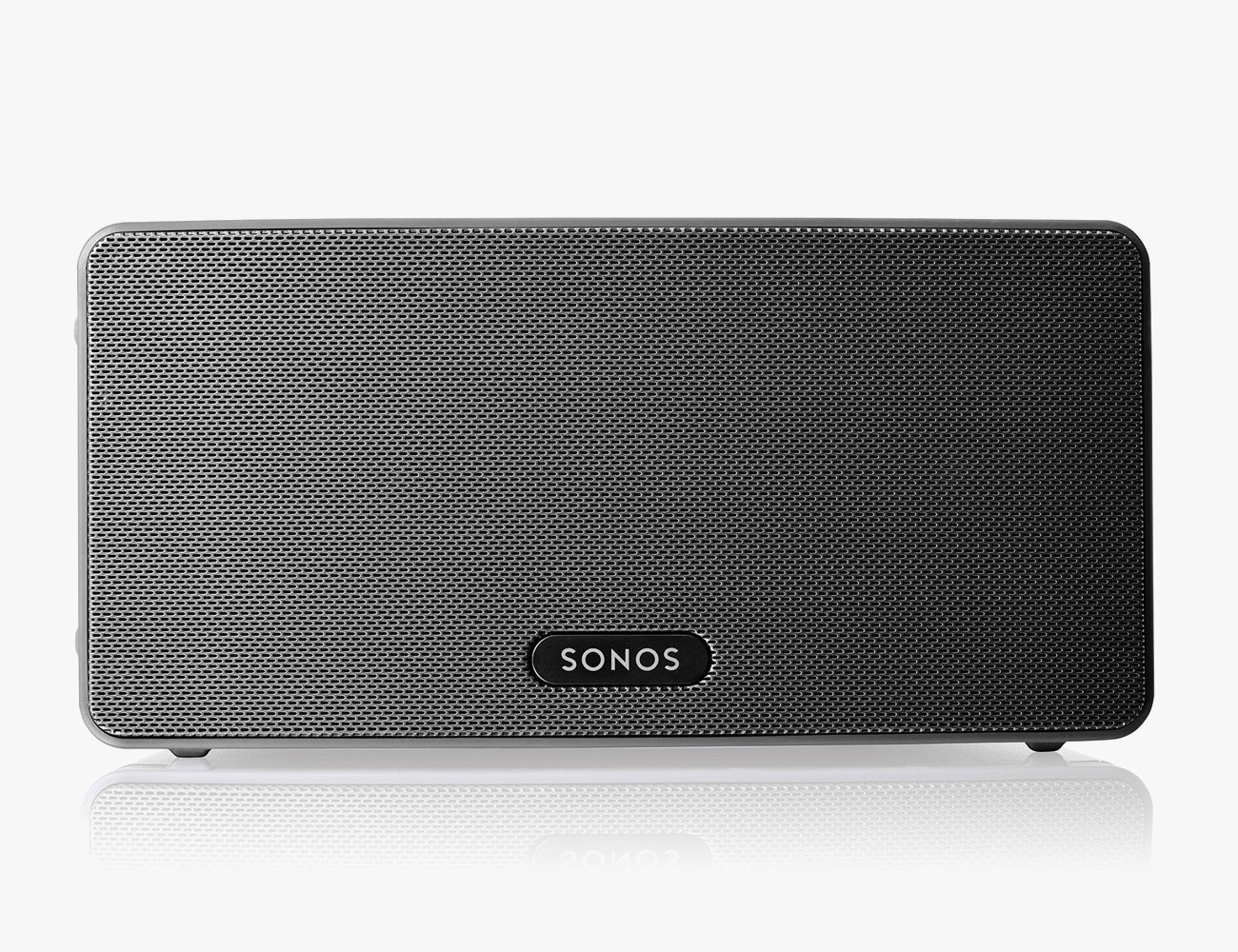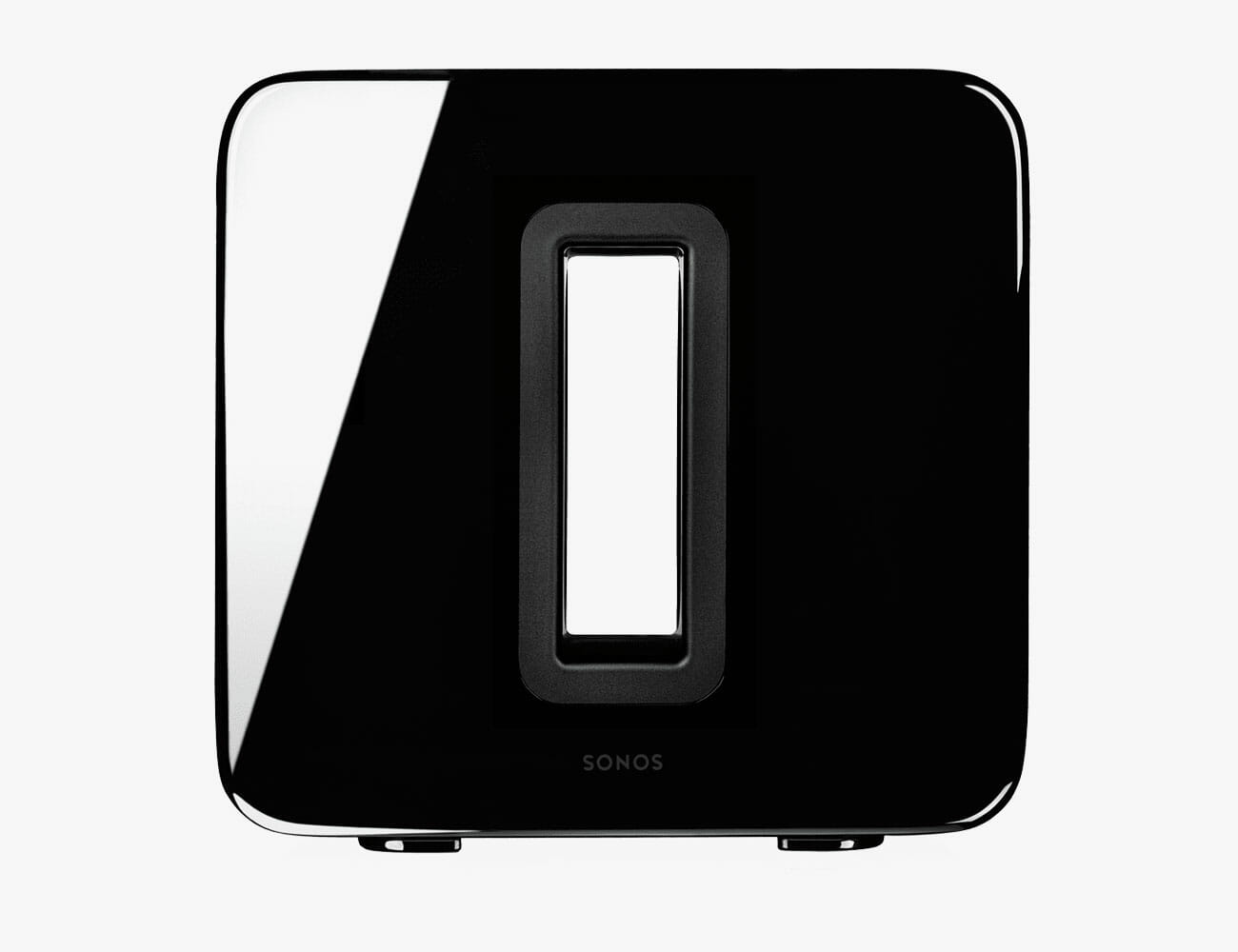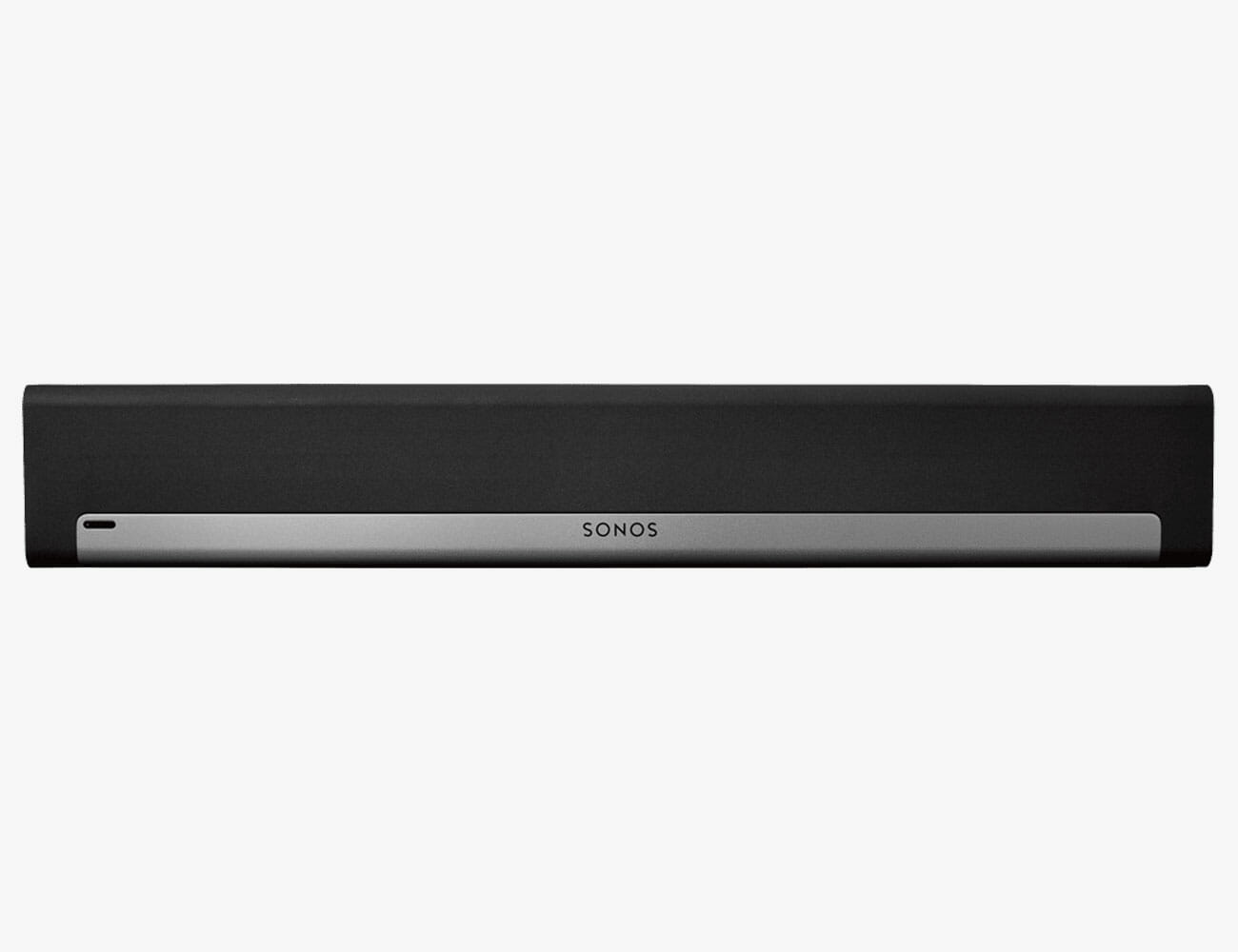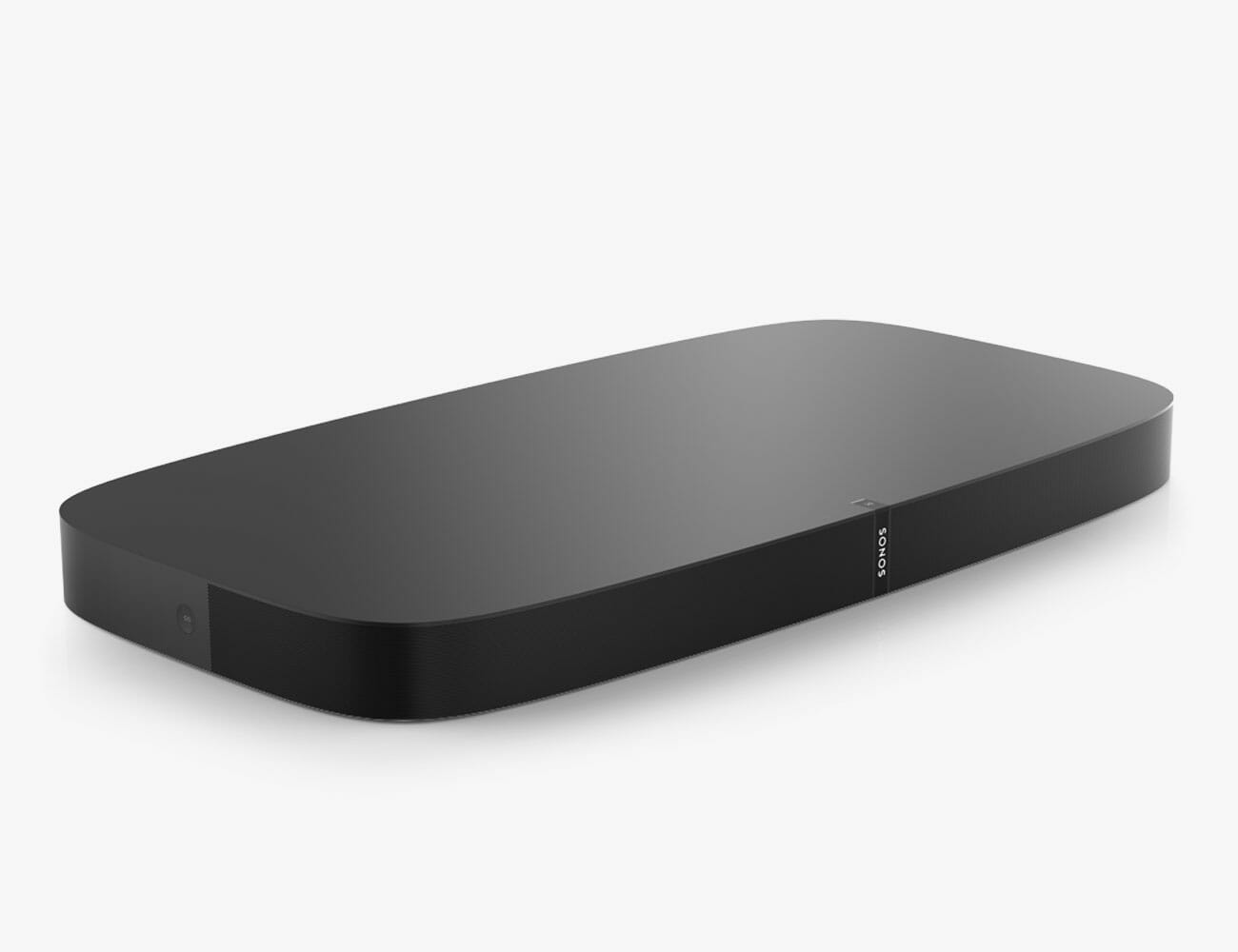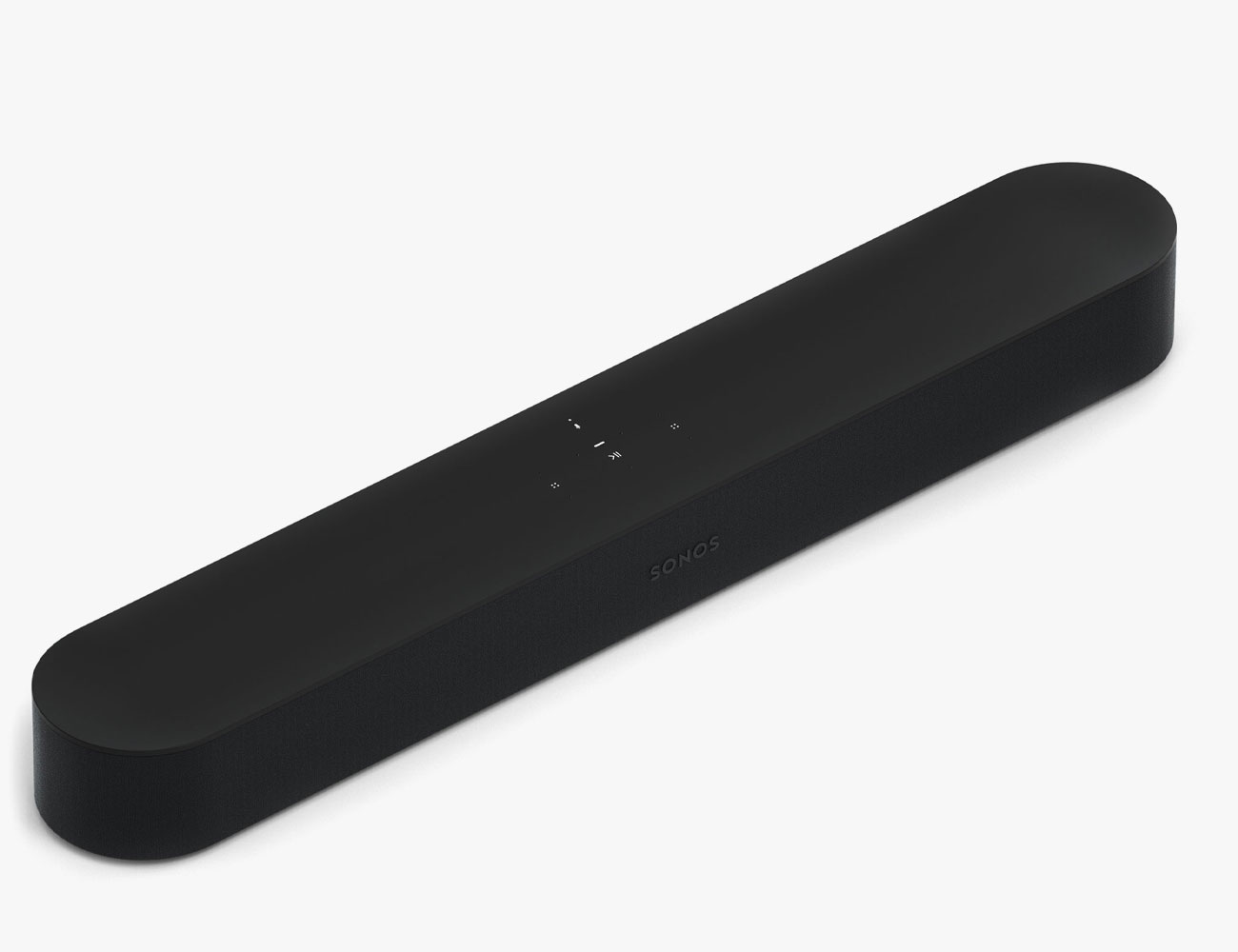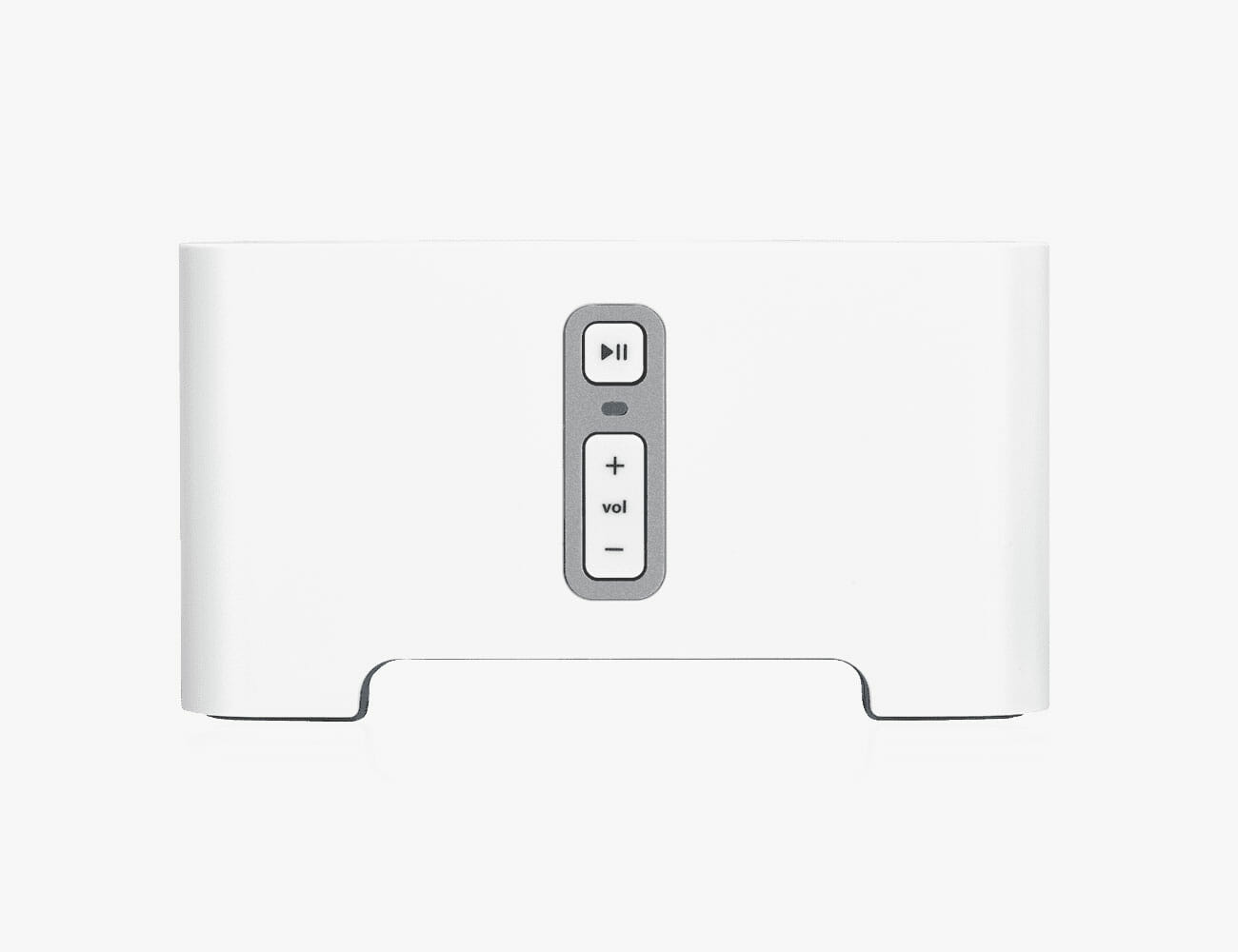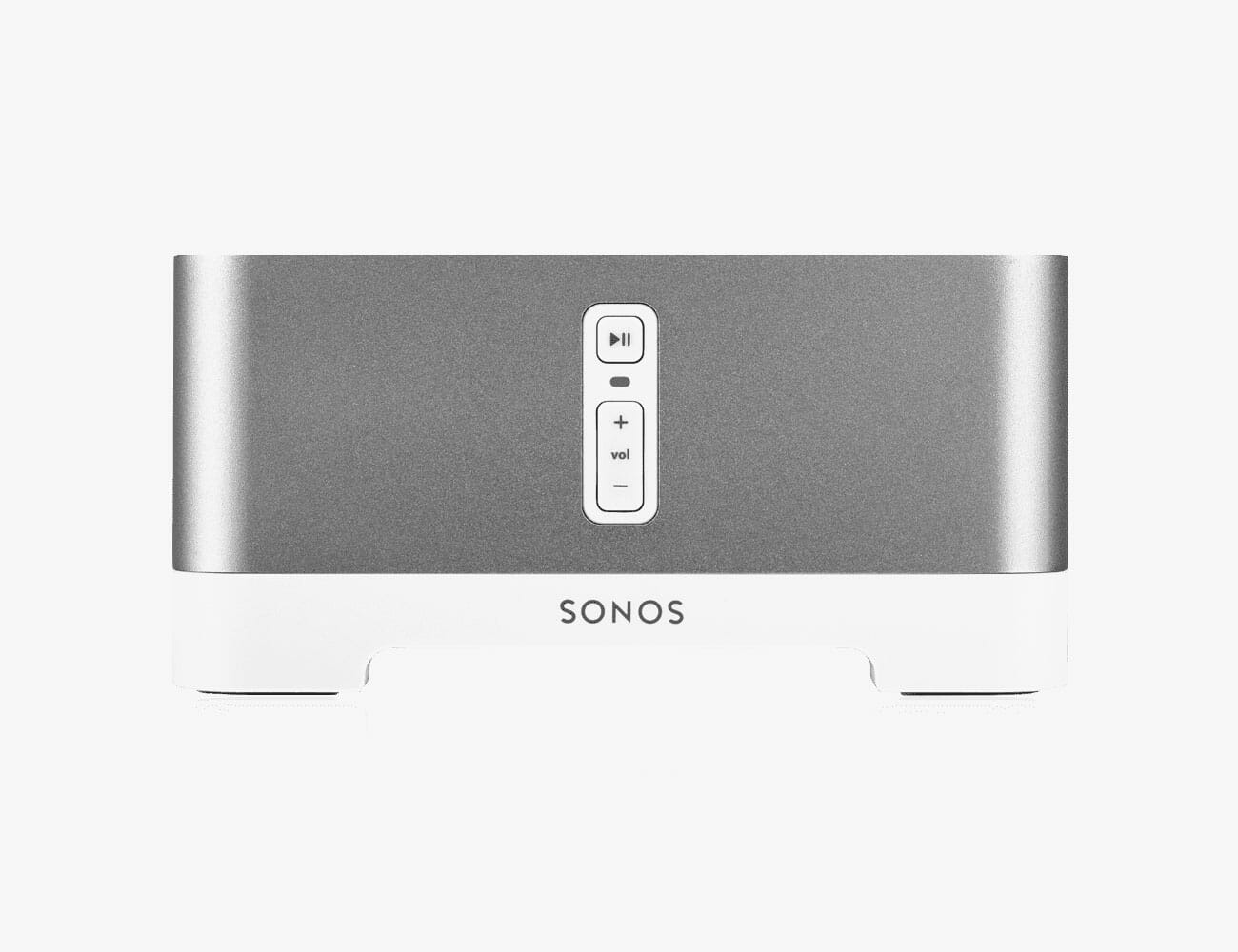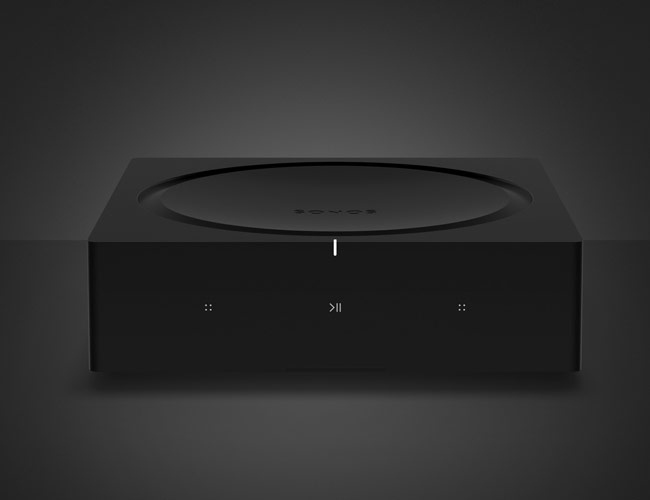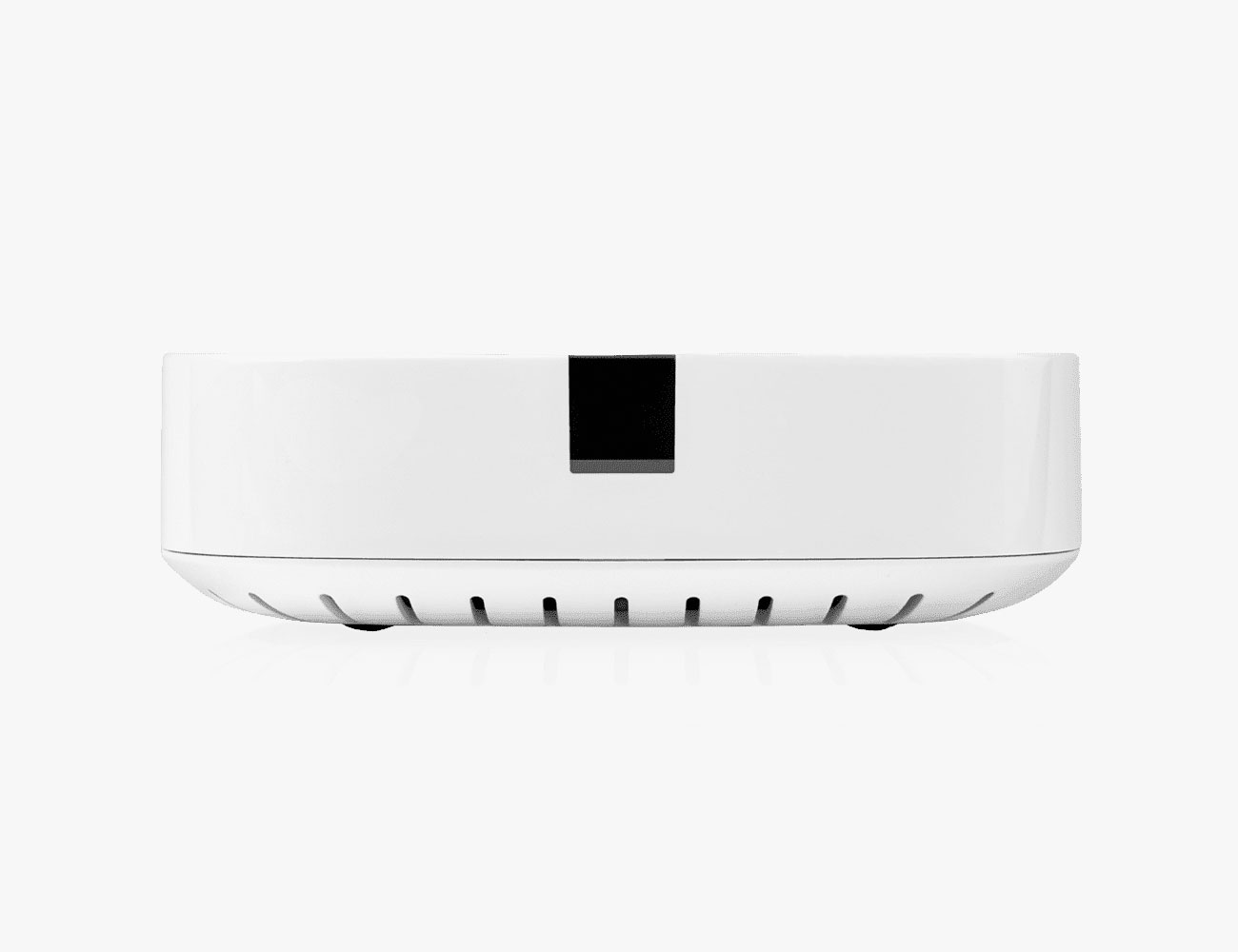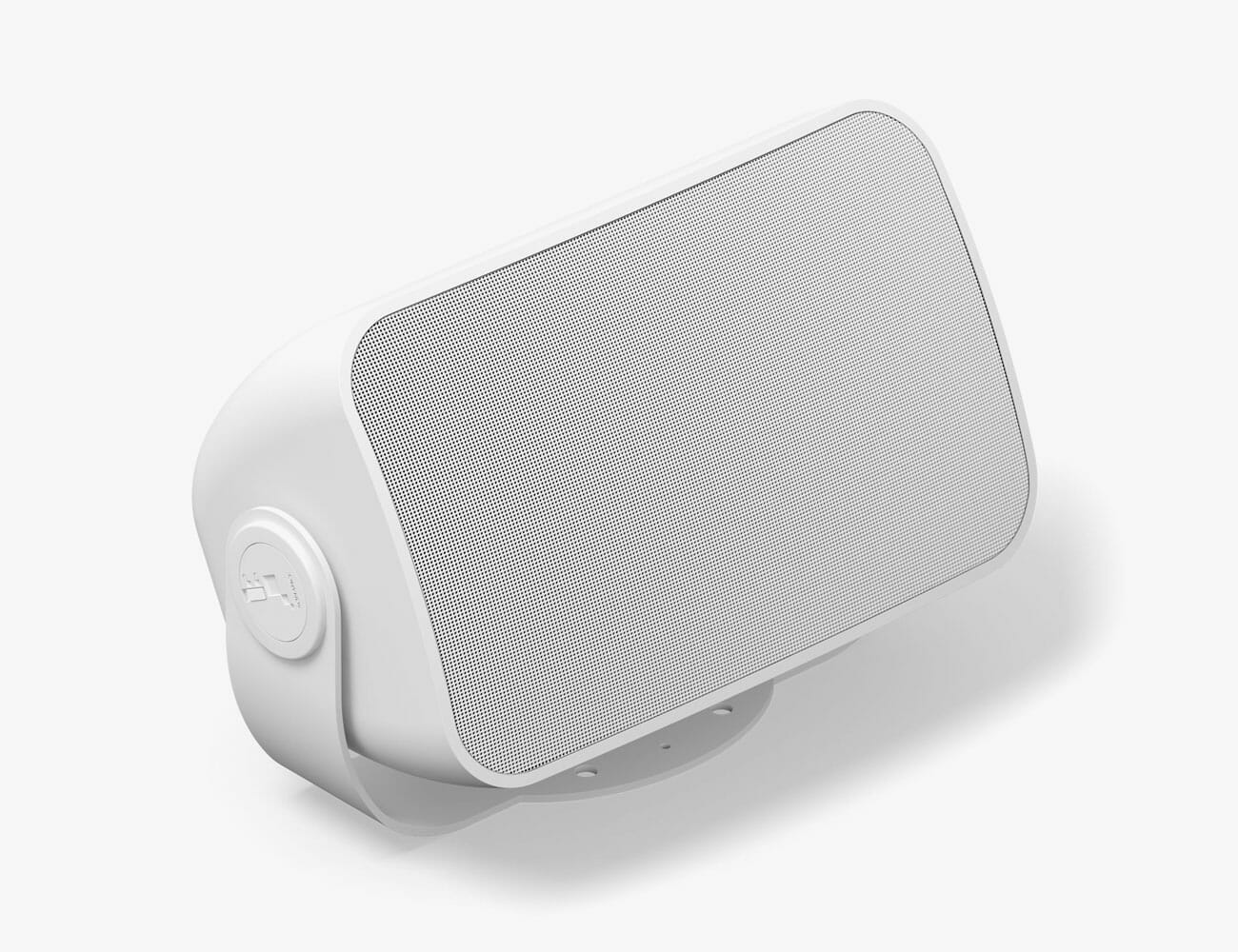Sonos has been synonymous with wireless speakers for more than a decade. The company basically invented the multi-room category of home audio, starting as a software company in the early 2000s before integrating its Wi-Fi-enabled network into hardware a few years later. Its first amplifier (which became the Connect:Amp) and subsequent speakers were great, but the real beauty of Sonos was its ecosystem of audio products that made listening to music at home really easy. Anybody could pick up their phone and stream music to a Sonos speaker.
The Sonos niche has always been multi-room audio. You could group any number of Sonos speakers together, provided they were all connected to the same Wi-Fi network, and have them all playing the same soundtrack throughout the house. Or a different song could be playing on each speaker. It was all controlled through an app on your phone, too. The other big selling point of Sonos was its speakers were — and still are — essentially future-proof. They were infinitely updatable, via software patches, so when you purchased a Sonos speaker, you knew you’d have it for years to come.
Imitation is the finest form of flattery, so, over the years, a lot of companies have tried to beat Sonos at its own game. New wireless protocols have been introduced, such as DTS Play-Fi, Google’s Chromecast, Bluesound and Apple AirPlay, that essentially do the same thing as Sonos. Some big companies, most notably Google and Bose, also have their own line of multi-room speakers — and, admittedly, it forced Sonos think more broadly.
More recently, Sonos has introduced smaller and more affordable speakers, like the Play:1, giving more people a gateway into Sonos. Under new leadership — after a decade in charge, CEO John MacFarlane stepped down in 2017 and handed over the reins to Patrick Spence — the company is now in the business of smart speakers and working with other ecosystems, like Amazon’s Alexa and Apple’s AirPlay (and Google Assistant sometime soon). Yes, Sonos is hip with the times.
It’s 2019 and Sonos’s bread-and-butter is still multi-room audio. That said, the breadth of its entire ecosystem has expanded a lot. Its line of soundbars (as well as its connected amplifier) have helped it weave its way into the home theater so that now you can integrate your TV into its greater audio system. And its connected receivers and amplifiers have helped Sonos become a solution for people who already have some part of the system, like a vintage receiver or passive speakers — which is most people — and don’t want to start over.
The bottom line: Sonos is still the best home audio ecosystem out there. And its new line of audio products only proves that more.
What Is Trueplay?
Sonos makes speakers that can stream hi-fi audio, but if you talk to people who know music, like sound engineers or audiophiles, they’ll tell you a huge part of listening to music is the room you’re in. A lot of rooms aren’t meant for listening to music — it’s why a concert is always going to sound better at an auditorium rather than an open-air stadium — and Sonos’s way of combating this issue is Trueplay, a technology launched in 2015 that tunes your Sonos speaker so that it sounds best for the room it’s in.
After you plug in your Sonos speaker and go through the standard Sonos protocols, like naming the speaker and connecting it to your home’s Wi-Fi, the Sonos app will ask you to tune the speaker using Trueplay. It requires you to flip your smartphone upside down and wave it around the room. You look crazy and your Sonos speaker will make some bizarre sounds, but your smartphone is actually listening and measuring how the sound reflects in the room. Trueplay then tunes the that speaker, which only takes a few minutes (per speaker), so that it sounds more closely to how the artists originally intended.
Here’s a short video by Sonos showing how Trueplay works:
Of course, not everybody wants technology to tune their speakers for them. So if you get a Sonos speaker, you don’t have to tune it with Trueplay. And if you do, but then regret it, you can turn Trueplay off at any time — just go into the Sonos app > Room Settings > select the speaker > and turn Trueplay off.
Supported Services
As an audio ecosystem, Sonos plays well with a lot of different streaming services. It works with Spotify, Amazon Music, Apple Music, YouTube Music, Pandora and Google Play Music, and that’s just to name a few. (You can check out the full list of streaming services, here.) The beauty of this is that you don’t have to play music through the Sonos app. You can just open the streaming app that you normally use, say Spotify, and direct the app to play music through your Sonos system rather than through your smartphone.
If you have a streaming service that you already subscribe to and want to be able to stream to your Sonos speaker, it’s easy but you have to add that music service account to Sonos. To do this, simply open the Sonos app > select “More” > select “Add Music Services” > select the service you want to add (Spotify) > select “Add Account” and follow the rest of the instructions to finish adding your account. You can do this from a smartphone or computer from a Mac or PC.
Here’s a link for further set-up information.
The Speakers
Play:1
The Play:1 is a small and powered wireless speaker, and it’s the best entry point into the Sonos audio ecosystem. For its size, its sound is impressive. It’s naturally a mono speaker, but you can pair two Play:1 speakers together and, through the app, create that stereo sound. You can also designate two Play:1 speakers as surround speakers in 5.1 home theater system. If you’re looking for an excellent sounding speaker that’s extremely easy to use, and can’t listen to, the Sonos Play:1 is what you want. And if you like it enough, you can easily buy another Play:1 or another Sonos speaker and built out your wireless streaming system.
Drivers: one mid-woofer, one tweeter
Amplification: two Class-D digital amplifiers
Connectivity: Wi-Fi, ethernet
Play:5
The Play:5 is a larger and much more high-fidelity speaker than the Play:1, and it’s designed to create a very wide soundstage. It has six drivers, as opposed to the Play:1’s two drivers, each of which are individually amplified. The Play:5 works exactly the same as a Play:1 speaker — you can group it with other Sonos speakers or pair it with an Alexa device and control it with your voice — but it also has some key differences that make it better and more versatile. It can output both mono and stereo, for example. When the Play:5 is horizontal it will play stereo and when it’s vertical it will play mono; the Play:1 can only play stereo when paired with another Play:1 speaker. The Play:5 also supports audio line-in, which the Play:1 doesn’t, so it can hook up to a TV or a record player.
Drivers: three mid-woofers, three tweeters
Amplification: six Class-D digital amplifiers
Connectivity: Wi-Fi, ethernet, 3.5mm audio line-in, AirPlay 2
One
The One is the same size and has the same sound qualities as the Play:1, but it has an updated, more modern look. It also has an array of microphones and comes integrated with Amazon’s Alexa voice assistant. Essentially, the One can work just like an Amazon Echo smart speaker — you can ask Alexa queries, to play music or to control your smart home devices — but it can also be part of a Sonos speaker system. (If you have an Alexa smart speaker you use your voice to control a Sonos system with it, but the Alexa speaker won’t play along with those other Sonos speakers; with the One, it will.) The other big difference between the One is that it supports AirPlay 2, while the Play:1 speakers do not.
It’s worth mentioning that Sonos just updated its One speaker; you’ll see both Sonos One “Gen 2” and Sonos One “Gen 1” speakers when shopping. The difference is the Gen 2 speakers have Bluetooth Low Energy (BLE), an updated processor and increased memory, which for most consumers won’t make a difference. Sonos just made the new models more “ready for the future,” but they sound and work the same as the predecessors. Sonos has ceased production on the “Gen 1” models, and if you’re looking for one (because they are $20 cheaper), know that they will be increasingly more difficult to find.
Drivers: one mid-woofer, one tweeter
Amplification: two Class-D digital amplifiers
Connectivity: Wi-Fi, ethernet, Amazon Alexa, AirPlay 2
Play:3
Sonos discontinued the Play:3 — a Goldilocks speaker between the Play:1 and Play:5 — in 2018, but the company still supports the speaker with regular updates. You’ll still likely see used or refurbished Play:3 speakers online, but Sonos doesn’t sell any new models anymore. The Play:3 can also output stereo without being paired with another Sonos speaker, just like the current Play:5. And just like the current Play:1 and One, two Play:3 speakers can be designed as rear surrounds in a home theater system. It doesn’t support AirPlay 2 like the newer generation of Sonos speakers.
Drivers: one tweeter, two mid-woofers
Amplification: three Class-D digital amplifiers
Connectivity: Wi-Fi, ethernet
Sub
If you want to add extra bass to your Sonos system, get the Sub. It’s the company’s subwoofer and it can wirelessly connect to any Sonos speaker or Sonos Amp. It can be part of a multi-room or a home theater system, and just like Sonos’s other speakers, the Sub won’t pair with non-Sonos speakers unless you have one of Sonos’s own amps (see below). The real beauty of the Sub is it’s very easy to set up, and it will improve any Sonos system; you can also fine-tune the levels of bass with the Sonos app. If there are downsides, it’s the Sub is pretty expensive and large.
Drivers: two force-canceling speaker drivers
Amplification: two Class-D digital amplifiers
Connectivity: Wi-Fi, ethernet
The Soundbars
Playbar
The Playbar is the company’s first soundbar, released in 2013, and it’s pretty straightforward; the three-foot box is a Sonos speaker that connects to your TV. It uses a single optical cable and then it effectively replaces your TV speakers. The neat thing, as is true with all other Sonos soundbars, is that it can connect to all other Sonos speakers in your home; you can have your TV’s audio playing through the entire house or you can integrate those other Sonos speakers in a home theater system (the max all-Sonos system is 3.1.2 or 5.1.2 setup). There are a couple downsides to the Playbar. It’s the oldest of the company’s soundbars and doesn’t support AirPlay 2. It doesn’t support Dolby Atmos. And there’s no HDMI connection option, meaning it might not be as future-proof as other soundbars.
Drivers: three tweeters, six mid-woofers
Amplification: nine Class-D digital amplifiers
Connectivity: Wi-Fi, ethernet, optical
Playbase
Released in 2017, the Playbase is a newer soundbar than the Playbar — and it comes with a few advantages. It has a dedicated woofer, unlike the Playbar, so it naturally has more. And it supports AirPlay 2. Other than that, the main reason why people would choose the Playbase over the Playbar, or vice versa, comes down to shape. If they want a soundbar that can be wall-mounted, they’ll go with the Playbar. If they want it to rest on top of a media console (or have their TV rest directly on top of it), they’ll choose the Playbase. The two soundbars are the same price. (Again, the Playbase only has an optical TV connection. No HDMI.)
Drivers: three tweeters, six mid-range, one woofer
Amplification: ten Class-D digital amplifiers
Connectivity: Wi-Fi, ethernet, optical, AirPlay 2
Beam
The Beam is Sonos’s smallest and newest soundbar. It’s also its most affordable. Designed for small and medium rooms, the Beam can be wall mounted or left to rest on top of a media console. One of the big differences with the Beam is that, just like the Sonos One, it comes with Alexa built-in. When connected to your TV, you can ask Alexa to turn the volume up or down, switch to a specific app (like Netflix), or switch to a specific channel (like ESPN). The Beam works best with Amazon Fire TVs because you can tell Alexa to turn the TV on or off. The other big difference is that the Beam has an HDMI ARC port that supports CEC (in addition to optical), so you can use your TV’s remote to adjust the Beam’s volume. It also means that if Sonos adds support for future technologies, like Dolby Atmos or DTS:X, there’s a better chance that the Beam will support it.
Drivers: one tweeter, four full-range woofers, three passive radiators
Amplification: five Class-D digital amplifiers
Connectivity: Wi-Fi, ethernet, optical, Amazon Alexa, AirPlay 2
The Amps
Connect
The Connect hooks up to your current receiver and into a wireless one. So if you already have a receiver that’s powering a set of speakers, the Connect is the cheapest way to work like Sonos speakers; you can stream music to them or integrate them into an existing Sonos setup. The Connect has analog, optical and coaxial digital audio outputs, so it should work with any stereo or AV receiver. If you’re looking to play vinyl through your current Sonos system, the Connect will work with most turntables so long as they a built-in pre-amp. There’s no subwoofer output, however.
Amplification: None
Connectivity: Wi-Fi, ethernet, analog (RCA), digital (optical and coaxial)
Connect:Amp
While the Connect will work alongside an existing receiver, the Connect:Amp has its own built-in amplification and takes the place of that receiver. So if you have passive bookshelf speakers and no receiver, the Connect:Amp is what you want. It’ll allow you to integrate those speakers into an existing Sonos system. Or, if you don’t have Sonos speakers, the Connect:Amp allows you to stream music to those analog speakers. As far as power, the Connect:Amp will run up to 55 watts of power per channel, so it can work small or medium-sized speakers. It also allows you to connect a subwoofer, while the Connect won’t.
Amplification: class-D digital amplifier (55-watts per channel)
Connectivity: Wi-Fi, ethernet, analog (RCA), digital (optical and coaxial), subwoofer
Amp
The Amp is essentially a more powerful Connect:Amp; it can drive larger passive speakers, distributing 125 watts per channel, while the Connect:Amp only pushes 55 watts. But other than aesthetics, the Amp has another key upgrade over the Connect:Amp — an HDMI ARC port. This allows you to connect your passive bookshelf speakers to your TV, just like a Sonos Beam, or if you have other Sonos speakers, you can play your TV’s audio through them without having one of Sonos’s soundbars. You’re also able to fine tune the EQ settings within the Sonos app, just like the Connect:Amp.
Amplification: class-D digital amplifier (125-watts per channel at 8 ohms)
Connectivity: Wi-Fi, ethernet, analog (RCA), digital (optical and coaxial)
Everything Else
Sonos Boost
The Boost might be the most misunderstood product that Sonos sells. (And maybe its most important.) It connects directly to your home’s router and creates it’s own Wi-Fi mesh network, just like a Google Wi-Fi or an Eero hub, but this new wireless mesh network only works with Sonos speakers — and it prioritizes audio quality over everything else. If you have a large home with spotty Wi-Fi, or you just want to make sure your Sonos is playing at its highest possible resolution, this is the $99 gadget you should invest in.
Connectivity: ethernet
Sonos Architectural by Sonance
People have long used Sonos’s wireless amps to stream audio to their old speakers. More specifically, they used them to stream music to speakers that were built into their homes, either in the ceiling or in the wall. Now, in early 2019, there are non-Sonos speakers that are specifically designed to work with the Amp. Sonos announced a partnership with Sonance, a reputable audio company known for its in-wall and in-ceiling speakers, and now you can deck out your home with “invisible” speakers that work just like Sonos. The Sonos In-Wall by Sonance ($599 per pair), Sonos In-Ceiling by Sonance ($599 per pair), and the Sonos Outdoor by Sonance ($799 per pair) are be the first third-party speakers to be compatible with Sonos’s TruePlay tuning technology. The catch is these speakers require a Sonos Amp to work, which needs to be purchased separately.

